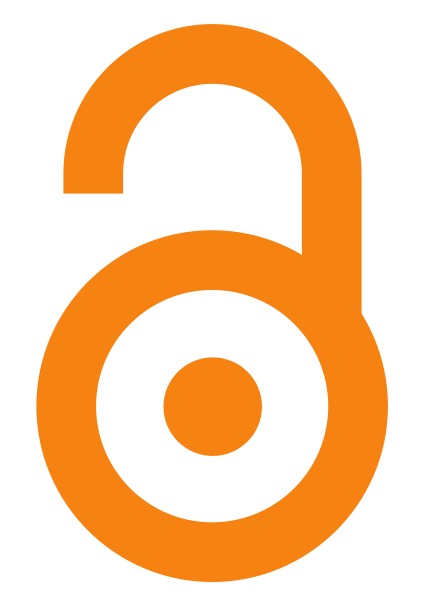 Open Access Research
Open Access ResearchPeer-reviewed, scholarly research is made openly available through the use of permissive licenses agreed to by the author and publisher, sometimes following the author's payment of an "article processing charge" (APC) to the publisher, though many OA journals publish without an author charge.
Scholars are sometimes bound by their funding agreement to make their publications open, but many scholars decide to publish their work open access to increase readership and citation of their work.
The different ways an article can be made open access have developed color-based categories. The most commonly used terms are green and gold.
Bronze OA: Works Made Available on a Publisher Website
Publishers sometimes choose to maintain control of the work through providing access only through the publisher's website.
Diamond OA: Publishing in an Open Journal (no fee required)
Similar to Gold OA but articles can be published OA without requiring that the author pay the journal a fee.
Gold OA: Publishing in an Open Journal (requires an author fee)
OA on the journal level, referring to journals published open access online and freely available to read. These journals, such as PLOS One, are peer-reviewed like traditional journals, and publish articles immediately. A list of OA journals can be found at the Directory of Open Access Journals (DOAJ).
Green OA: Depositing in an Open Repository
Works made available through open access institutional repositories or personal archives. These articles, often pre-print or post-print but usually not published versions (unless the author's publisher allows it), are submitted by the authors to the repository or archive, and can be subject to publisher embargoes. If an institution or organization mandates open access availability of its research, that OA is usually achieved through repositories.
Hybrid OA: Publishing OA in a Non-OA Journal (requires an author fee)
Hybrid OA refers to the way traditional publishers have integrated Gold OA into their subscription-based publishing models, in which authors for a fee can have their articles made open access in a journal that is otherwise subscription-based, usually after an embargo period.
Both words mean "free", but within the OA world and the larger open culture movement, their meanings are a little more specific:
The distinction between "free to read" and "free to use" was developed by Peter Suber, one of the leaders of the OA movement, in a 2008 newsletter you can read here.
